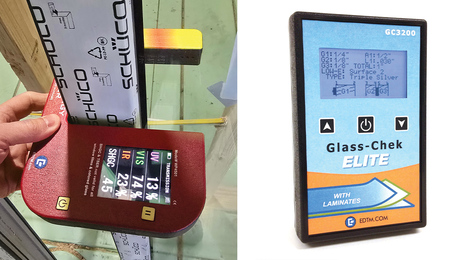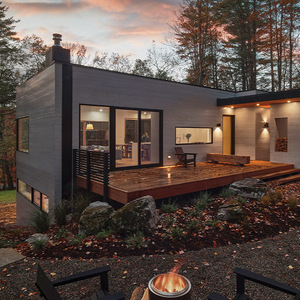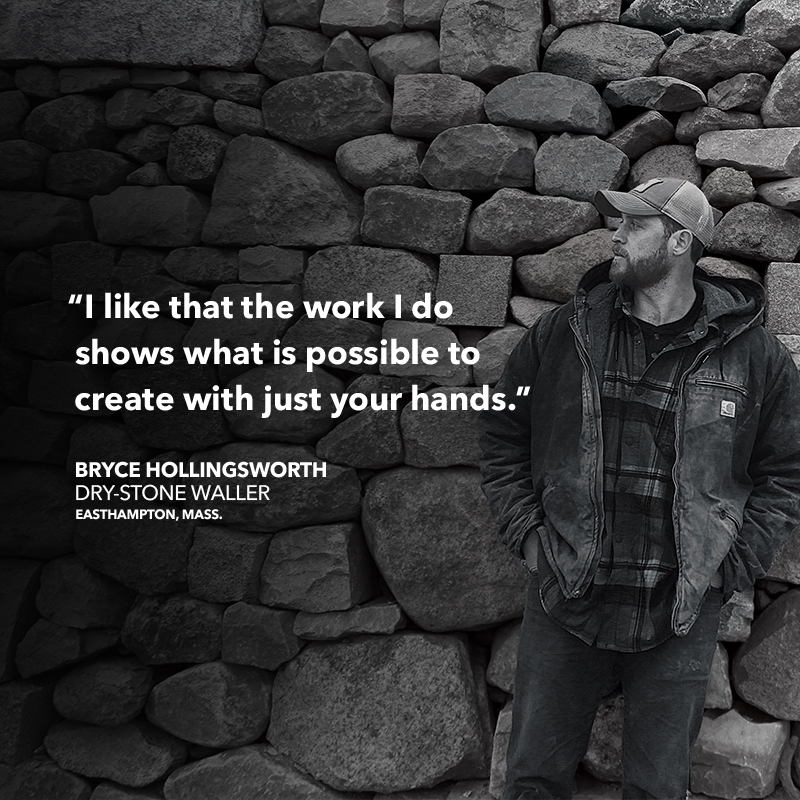What’s you formula for a mud floor. Does anyone use pre-mix? I have been using sand mix (pre-mixed), but i hate it. I don’t want to use one of my customers as a guinea pig, so i figured i’d ask you guys. thanks.
Can’t I go 1 day without spilling my coffee?




















Replies
You mean mud mud? Like in that article last month were the lady said a mud floor is traditionally made with ox-blood and dirt and has the feel of leather, or like mud for a tile job? She said she made her mud floor vegetarian. I wondered about it, though. I don't have any oxen, but my uncle and cousins sometimes shoot and butcher deer. I would try to make a floor out of that if I had something like some proportions to go on. I have an idea that it would be cool to build a house out of all local natural resources. Actually, I had the idea that dirt and deer blood is free and I don't have to build a road good enough for a cement truck to make a floor out of it. I wish they had included a sidebar with the recipe, but I can see how that would just really gross a lot of people out. I want to know if that only works in Arizona where it's dry as a bone. It might just be a disaster in 100% humidity.
Hey, if you're serious, I've got lots of books. Legend says that every spring when you butchered, you put a fresh coat of blood....and moved out for several days. The old guys, 60 +, say that blood was replaced by linseed oil several decades ago. They still do it...a few of them in Northern NM, for the rich Easterners looking for authenic charm.
Shelley in NM
I suppose I'm more curious than serious. So far I've heard Arizona and New Mexico as locations for this kind of floor. Sounds like a strictly dry-climate kind of material. I'm guessing humidity sort of ruins it. But what is the recipe? I could at least mix up a little bit and just see what happens. I don't have any reason to think blood would be gross once it dried. I remember in high school my brother missed cleaning up a little bit of blood in the back of his white truck after he transported a deer and in a few weeks it was just a harmless looking brownish streak. It had no odor or funky fungus or anything. I have red clay, white clay and sand down in the country. I also have a hearty supply of longleaf pine planer shavings if there is a fiber component. What can I make out of that?
Mud floors are not an exact science. More of an art if you want to call it that.
You don't want a lot of silt, and you're probably shooting for roughly 2/3 to 3/4 sand for 1/3 to 1/4 clay. Depends upon the type of clay, the gradation of the sand, so on. Assuming you got the water right, if the floor cracks real bad, you had too much clay, if it's crumbly, you had too much sand.
Take the soil in question, grab a handful, put it in a glas jar with water, shake it up real good and see how it settles. The components will be obvious.
(Hey Johnnie, where are you? Help us out here!)
Check the plasticity of the soil by moistening a small handfull and rolling out a ribbon. If you can get a roll about the thickness of a pencil you're probably OK on the clay.
Now get it just wet enough that a baseball sized ball dropped from about chest height stays cohesive when it hits hard ground, not crumbly, not sloppy.
That's a pretty good mix. You can get it a little wetter for workability, but not much.
Lay it down, let it dry, mix up a little slip from the original material and trowel it into the few but inevitable cracks that will happen.
A few shovels of Portland cement makes the whole process work a real lot better.
Once it's dry, turpentine and linseed oil makes a handy substitute for blood. A hardening wax over top of that looks real nice and seems to help a little with durability.
As for straw, a little bit of chopped up straw, like what you can clean up from around the trailer after the bales are unloaded is good. Too much is bad.
Now remember, it's a mud floor. Like I said before, the old timers don't do this anymore for a reason.
DRC
Edited 6/3/2002 12:17:51 AM ET by Dave
Thanks! I can imagine the drawbacks that made the technique fall out of favor. I suppose mopping or scrubbing is right out. I'm not a big fan of those chores anyway. I could be talked into giving it up. And it probably doesn't take much traffic to wear the wax off enough to produce lots of dust. I imagine about the time people got enough money to start wearing shoes all the time is when they decided wood floors might be worth the effort.
Thanks again,
B
Well, not to get you started again.....but, one of the experts is Robert LaPorte of Fairfield IA. Sounds like the desert is not the only place they're used.
Here's a synopsis of the info in various books. Well drained site (duh). In colder/wetter climates 12-18" prepared subgrade. Snap lines to determine height. All organic material removed. Crown the center. 6-12" of 1-3" stone tamped. In the desert sand can be used instead of stone. Some kind of barrier so the rock doesn't fill with the material. LaPorte uses wheat straw 2-3" covered with a clay slip which is then compacted. How bout water permeable weed barrior?
A sub-floor between the base and the actual floor. 3" of silt/sand compacted to 1-2". Says you can do infloor radiant heat!
Max of 35% clay in the floor mix. 20% ideal. Mason jar test from above is as good a way as any. Did he say to add 2tsps of salt? What I'm reading says the salt will make the clays settle faster.
Strength is in the aggregate. Manure and dried blood? Ugh. Or, blood meal....or straw....or 10-13% cement.....wheat paste (whatever that is...is that wallpaper paste?).......white glue....or make a gel from prickley pear or cholla cactus. Let's see. Collect one ton of cactus. Build fire. Get cauldron. LOL.
Let dry. Will crack. Fill cracks in some way. Different pigments to give the look of flagstone. Score it to confine the cracks some. Or mix up some more dirt and fill them with cement tools.
Hardner. Linseed oil and turp.
Anita Rodriquez says "I guarantee my adobe floors for life. They never crack. They hold up to excessive wear--from high heels, children, puddles of beer. You can do just about anything on them except chop wood".
The book mentioned above by the Steens has the most detailed info of any in my collection.
Shelley in NM
Yes, you can go one day without spilling your coffee. Regarding mud floors. If you can get a hold of The Straw Bale House Book by Athena and Bill Steen you will find many different techniques for applying a mud floor. I have installed one here in N.California that I lived with for over a year. I don't think the recipe I used was in the book I mentioned. I used a 3 to 1 mixture of sand to sifted clay soil with sifted straw in the base coat. I can tell you more later if you like. The details could be quite boring if this is not what you were interested in.
I guess i should have been more specific. I meant a 1" or so slab under a tile job. Sorry for the confusion.
Can't I go 1 day without spilling my coffee?
I've been wondering the same thing -- about the coffee, that is. Building at the end of unimproved roads can definitely reorganize the cab of your truck some mornings.
As for the mud, glad to hear you mean something other than adobe. There's a reason why the old timers (who clearly knew what they were doing) don't use them anymore.
What's the 1" slab going over top of?
DRC
I buy my deck mud from DalTile at about $4 a 94 lb bag. You can make your own by taking 5 parts sharp sand to 1 part portland cement.
I find that mixing my own is a pain in the a s s. You have piles of the stuff in driveways and can not re-use any of it. Bags from DalTile are cheap, pre-mixed, and what you don't use can be re-used easily.
Mix with sparse amounts of water in a plastic mortar box with a mortar hoe until it clumps in your hand, and stop right there. It may seem way too dry for you to use, but honestly, that is the proper consistentcy. Any wetter and it may shrink and crack. Water is not the friend of deck mud.
Use an Ad-Mix with the stuff and it will harder, and will cure without shrinking or cracking.
Boris
"Sir, I may be drunk, but you're crazy, and I'll be sober tomorrow" -- WC Fields, "Its a Gift" 1927